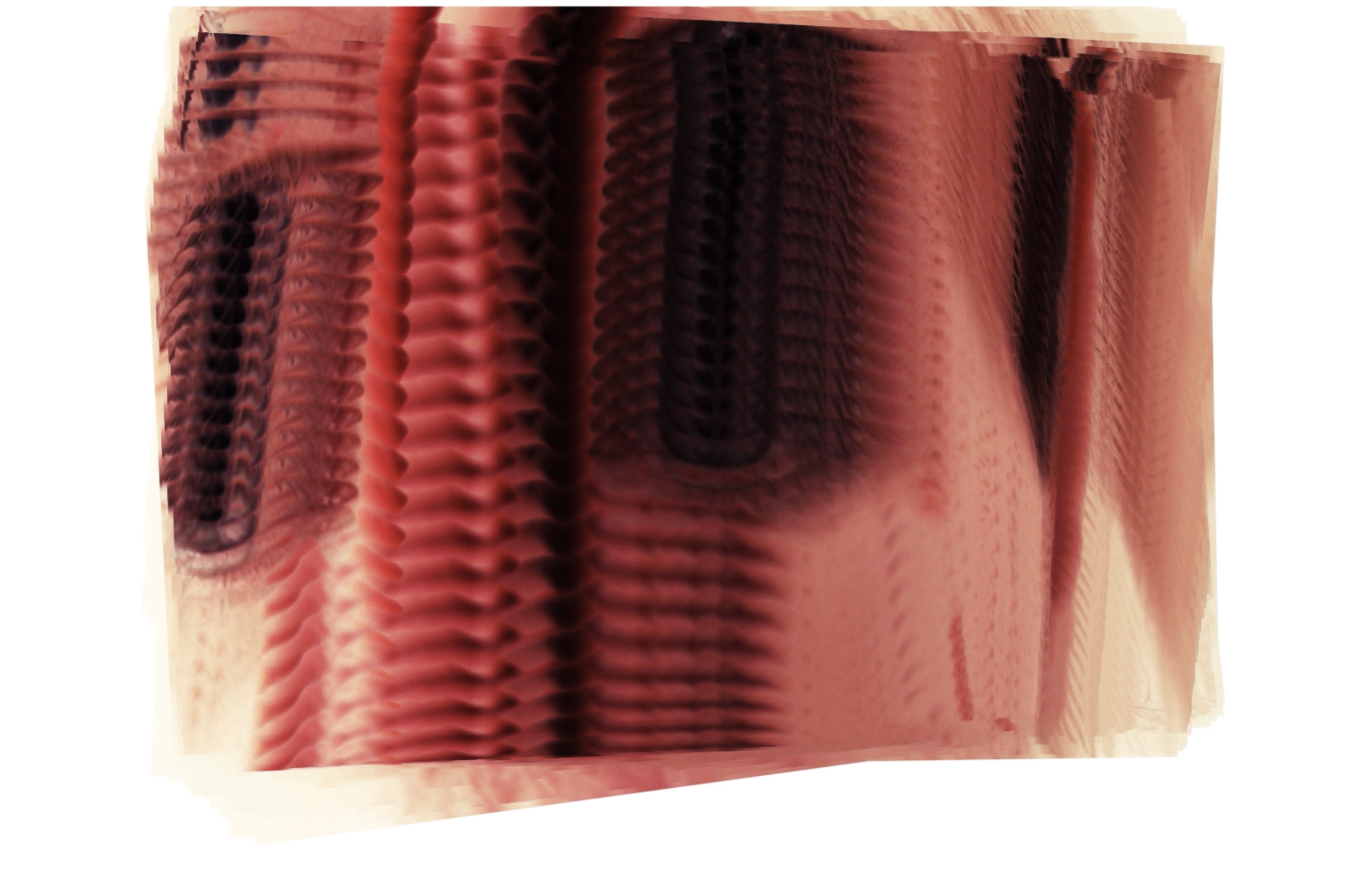ANNAMORPHIC SERIES (2018)
Annamorph #3 (2018) - Excerpt from video
Annamorph
Annamorph Series (2018) is a series that maps and distorts the female body, attempts to transform its ‘objectiveness’ and deconstructs the visual language of film. It plays with film theory, male gaze theory and virtual spaces to diverge our learned ideological visual languages and was exhibited at Brightspace, St Kilda in 2019, in group exhibition Participation award.
Film is an illusion. It is made up of still images, frames, that when played in succession create the illusion of movement and the advancing of time. The language of film that we have learned is based on illusion. Techniques like POV shots, 180 degree rule and framing, are used with the aim of recreating the human experience through the camera, and the audience comprehends this. This learned visual language, are the same tropes that are spoken about in Male gaze and feminist theory, these being learned or adopted ‘ways of seeing’ that are based on white men's experience.
Laura Mulvey’s Male Gaze theory* questions the object/subject in traditional cinema. The camera is the subject, the viewer, with the ability to move around and control the action, the female is looked at, mostly still and two dimensional, objectified by the camera and the audience. The woman is two-dimensional and an object, in contrast to the male figure that demands a three dimensional space. The sexual impact of a woman can take the film outside of time and space - one part of a fragmented body destroys the renaissance space, the illusion of depth demanded by the narrative. the ”power of the male protagonists as he controls events coincides with the active power of the erotic look, both giving a sense of omnipotence.” (Mulvey)
The relevance of these texts is still apparent in the new-new wave of feminism and with selfie and online culture. These readings affect the way women think about their own bodies, creating a love affair/despair between image and self-image, and changing perceptions of ourselves. The evolution of virtual space, from the seventies to the present, film to internet to internet 2.0 is a development that should be scrutinized.
Using a handheld device to map the female body, I would then dissect the films in virtual space. Working in after effects, I would use an effect that is made for stabilizing the camera movement, and instead stabilize the body itself. The camera then becomes the passive/still object and the body itself becomes the subjective body. I would then segment the film into frame-by-frame images, removing traditional linear time that comes from images in succession, and reconfigure these as a series of images fading in and out. Changing the cinematic narrative from a succession of images creating temporality, into an metamorphosis of overlaying of images that create a non-linear temporality. Using technology to invert the traditional space, the object/camera relations, and subvert the traditional linear nature of film. I attempted to disrupt the ‘male gaze’ dynamics and these ideological roles by inverting the digital space.
By rethinking these dimensions and spaces in a conceptual way, I aimed to reshape our attitudes to the objectified female and shift paradigms of ‘the male gaze’ and the virtual self. Film and images are used to rethink the ways in which we can reconfigure time and space in a virtual world and virtual space and film is used to explore ideologies and to question learned behaviors and languages that are based on old white dudes.
*Laura Mulvey, Visual Pleasure and Narrative Cinema, 1969.
Also, John Berger’s Ways of Seeing, 1972
Annamorph #22 (2018) Photo print 25cm x 30.5cm
Annamorph #6 (2018) Photo print 25cm x 30.5cm
Annamorph #17 (2018) - Excerpt from video
Annamorph #2 (2019) Still from video


